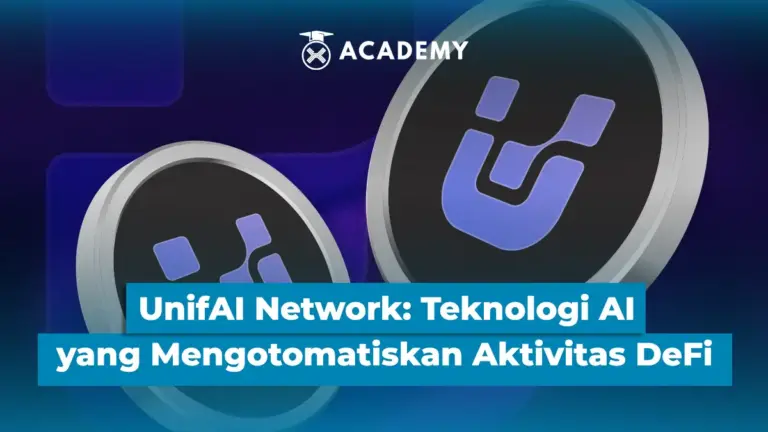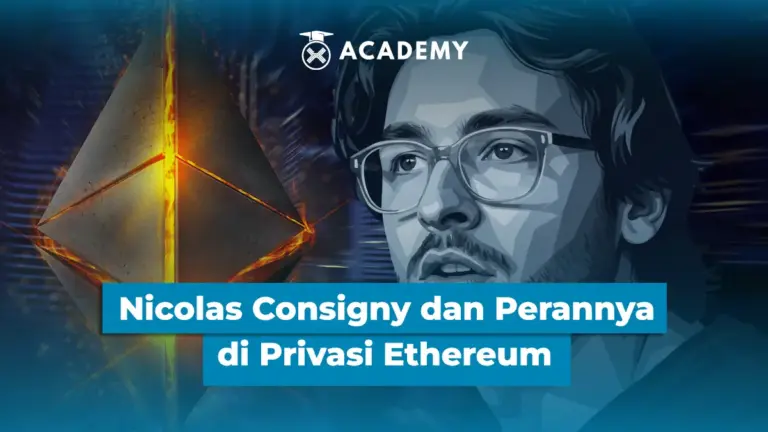In the past, games were considered merely a form of entertainment. However, with the advancement of technology, digital games can now become a real source of income.
One example is Upland, a blockchain-based game that introduces the concept of digital property ownership.
Through this game, gaming is no longer just about having fun; it also opens up new economic opportunities for players.
What is Upland Game?
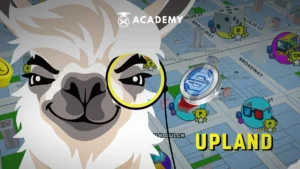
Upland is an EOS blockchain-based virtual property game that offers a unique experience with a concept similar to Monopoly, but using a real-world map.
When you first start playing, you’ll explore a digitally rendered San Francisco-like city, complete with streets, buildings, and iconic landmarks.
Interestingly, all properties you purchase in-game are recorded as NFTs on the EOS blockchain, ensuring ownership is legally and permanently proven.
The main currency in the game is UPX, which is used to purchase land, buildings, or famous landmarks.
Unlike other crypto tokens traded on exchanges, UPX can only be obtained through the official in-game store or from the passive income generated from properties you own.
This system keeps Upland’s economy stable and easy to understand, even for players new to blockchain.
Furthermore, Upland features a Play-to-Earn model, where players can passively earn UPX from properties, then use them to purchase new assets or trade them with other players.
This means that this game is not only entertainment, but also an opportunity to build a digital real estate empire and make money from playing activities.
Upland’s History and Development
Upland was first released in December 2019 as a small blockchain-based project. Initially, the game offered a simple experience of buying and selling digital properties connected to a real-world map.
Players could start in the city of San Francisco, explore districts, and purchase iconic buildings and landmarks with the in-game token, UPX.
However, over time, Upland rapidly evolved into one of the largest property metaverses.
EOS blockchain support allows every property owned by a player to be recorded as an NFT, allowing ownership of the asset to be truly digitally proven.
Furthermore, the Play-to-Earn (P2E) model provides players with the opportunity to generate passive income from their virtual properties. Furthermore, Upland has also built a strong community.
In this regard, players actively discuss, share strategies, and even trade properties, just like in the real world.
Entering 2025, Upland remains active, presenting various seasonal events such as “Genesis Season” and “Blossom Season.”
These events keep the world of Upland alive, providing new challenges for existing players while also attracting new ones.
With cross-device support on PC, iOS, and Android, Upland has maintained its position as one of the most popular blockchain games to this day.
Other Related Articles: 17 Popular Play-to-Earn Games
How Upland Works
To start playing Upland, players simply register and can immediately try it for free with visitor status.
From here, the experience of exploring the digital property metaverse begins. Upland takes inspiration from real-world city maps, such as San Francisco as the starting location, complete with its iconic buildings and landmarks.
In the game, players can purchase virtual properties using UPX, Upland’s native token. This token is not traded on crypto exchanges, but purchased directly through the game’s official store with fiat money.
While simple, this actually contributes to a more stable economy. Purchased properties can then be developed into EOS blockchain-based NFTs, permanently recording ownership.
Each property owned generates a daily yield in UPX, creating a passive income stream. From here, players can expand their collection, build a property portfolio, or trade them.
The Upland marketplace allows players to exchange their property NFTs for USD, bringing the play-to-earn concept to life.
In addition to the core activity of buying and selling properties, Upland also features various community events. There are treasure hunts, seasonal contests, and even guilds that connect players with each other.
Upland’s Key Features
Upland offers a number of compelling features that set it apart from other blockchain games. Here are some of its key features:
1. Real-World Map
The world of Upland is built on maps of real cities, such as San Francisco and Los Angeles.
Each property in the game corresponds to a real-life address, allowing players to “own” digital versions of houses, buildings, or even famous landmarks like the Golden Gate Bridge.
2. NFT Property
Properties purchased with UPX are recorded on the EOS blockchain as NFTs. This ensures that virtual ownership is transparent, secure, and verifiable forever.
This status is activated once a player reaches the Uplander level with a minimum wealth of 10,000 UPX.
3. Spark & ??Sparklet
Besides simply purchasing land, players can use Spark tokens to build virtual houses, vehicles, and even transportation systems.
Sparklets are small units of Spark that make the building process more flexible and can be completed in stages.
4. Marketplace
All owned properties can be traded through the Upland marketplace. Players are given the freedom to buy and sell assets with UPX tokens.
These tokens can also be exchanged for fiat currency through PayPal. This feature truly presents a profitable opportunity in the metaverse.
The Digital Economy in Upland
One of Upland’s main attractions is its play-to-earn model. Every property owned by players isn’t just a collectible asset, but can also generate passive income in the form of UPX tokens.
This makes digital land ownership in Upland feel like owning real-world property that generates a regular income.
The UPX token itself plays a key role in the Upland ecosystem. It can be used to expand asset holdings, build a larger property portfolio, or trade with other players.
Interestingly, although UPX isn’t a conventional crypto token, its usage mechanism still mimics real economic dynamics.
What makes it even more special is that Upland offers a fiat-to-earn mechanism. This means that successfully sold assets can be cashed out into USD via PayPal.
This makes the Upland gaming experience not just entertainment but also opens up a real path for players to profit from the metaverse world.
Other Related Articles: 5 Crypto-Generating Games in 2025, Earn Money While Playing!
Is Upland Free or Paid?
Upland is actually free to play. New players start with visitor status.
This status allows them to explore the virtual city, understand the game’s basic mechanics, and experience the real estate metaverse. This makes Upland welcoming to newcomers who just want to try it out.
However, to actually own properties, build an asset portfolio, or level up to become an Uplander, players need to purchase UPX tokens. UPX is the game’s primary currency, available only through the official Upland store.
These tokens serve as the gateway to digital property ownership, which is then recorded on the EOS blockchain in the form of NFTs.
This is where Upland adopts a freemium model. This means anyone can join and play for free, but if they want to seriously invest or even generate real profits, they need to invest in UPX.
Without this investment, players will only enjoy the exploration and community aspects, while opportunities for profit will remain limited.
Advantages and Disadvantages of Upland Game
Before deciding to try it, it’s important to understand the advantages and disadvantages of this property metaverse game. Here are some of them:
1. Advantages
- Unique & Immersive Concept
Upland offers a gaming experience on a map based on real-world cities, such as San Francisco. Players can purchase properties, even famous landmarks like the Golden Gate, creating a more vibrant and authentic feel.
- Blockchain = Secure Ownership
Although UPX tokens cannot be exchanged on crypto exchanges, ownership of the properties you purchase is recorded on the EOS blockchain in the form of NFTs. This means your in-game assets have permanent proof of ownership.
- Active Global Community
This game has a large and enthusiastic community. There are numerous forums, YouTube videos, and social media discussions discussing tips and strategies, plus active support from the development team through events and regular updates.
2. Disadvantages of Upland
- You Need Capital to Seriously Make Money
UPX tokens can only be purchased through the game’s official store with fiat money and cannot be traded on crypto exchanges. So, to truly experience P2E profits, players need a substantial initial capital.
- Virtual Property Prices Fluctuate
Property values ??in Upland are highly dependent on community interest and demand. Finding buyers can sometimes be difficult because there’s no automated buying and selling system, allowing prices to fluctuate unpredictably.
- UX Still Complex for New Players
The game’s interface and systems are quite complex. New players are immediately thrown into a virtual city with numerous menus and features without clear guidance, so it takes time and effort to understand how to play.
Comparison with Other Blockchain Games
Compared to popular metaverses like Decentraland or The Sandbox, Upland has a unique character. The most striking difference lies in the gameplay focus and the basic concept of the world.
Decentraland and Sandbox emphasize open virtual worlds where players can freely create, from building art galleries and creating mini-games to holding digital concerts.
In this regard, their worlds are imaginative, without direct ties to real-world maps.
In contrast, Upland takes a different approach because the game is completely built on maps of real-world cities, using San Francisco as a starting point.
Every street, district, and even iconic landmarks like the Golden Gate are represented in the game. Players can explore the city, purchase properties based on their actual locations, and collect digital assets, just like owning virtual versions of real-world real estate.
This is what makes Upland feel more immersive and relatable, as if you were playing Monopoly on a real map.
Economically, other differences are also evident. Decentraland and The Sandbox use tokens that can be traded on global crypto exchanges, so their value is heavily influenced by market volatility.
Meanwhile, Upland uses the UPX token, which, while blockchain-based for asset recording (via EOS NFTs), is not traded on crypto exchanges.
UPX can only be purchased with fiat through the official in-game store. This means its economic ecosystem is more closed, but also more stable for internal simulation.
This creates a distinct investment potential in Upland. Players focus more on simulating a real economy: buying land, waiting for its price to rise, and then selling it to other players for fiat.
This model is more akin to a real estate simulator than a free-form metaverse. There’s the thrill of building a property portfolio, managing assets, and even speculating in the digital real estate market.
Regarding this topic, also check out: Sunflower Land: What It Is, How to Play & Optional Web3
Relevance to the Crypto World and Web3

Essentially, Upland can be considered a concrete example of blockchain integration into the gaming world.
Not only does it provide entertainment through a digital real estate simulation, but this game also demonstrates how the concept of asset ownership can be practically implemented through blockchain.
Every property purchased with UPX tokens can be recorded on the EOS blockchain as an NFT, and once a player reaches “Uplander” status, ownership is immediately permanent. This is the true embodiment of the Web3 philosophy: read, write, own.
Furthermore, Upland offers an economic perspective through a Play-to-Earn model. Properties passively generate UPX and can be resold for fiat currency, allowing for potential financial value even if the tokens aren’t traded on a crypto exchange.
Even more interestingly, Upland’s gameplay is connected to real cities like San Francisco, complete with iconic districts and landmarks. This makes digital assets feel even more relevant and demonstrates that the boundaries between the virtual and real worlds are increasingly blurred.
Conclusion
So, that was an interesting discussion about the Upland Game, a Virtual Toy with a Real Digital Economy. You can read more about it at the INDODAX Academy crypto academy.
In conclusion, Upland demonstrates how a game can evolve beyond mere entertainment. From simply playing in a virtual world, a vibrant digital economic ecosystem emerges, with real-life transactions between players.
This is important to understand as part of the transformation towards the Web3 and metaverse eras, where digital interactions are increasingly integrated with everyday economic activities.
In addition to broadening your investment and blockchain technology horizons, you can also stay updated with the latest crypto news and monitor digital asset price movements directly on the INDODAX Market.
For a more personalized trading experience, explore our OTC trading service on INDODAX. Don’t forget to activate notifications to stay up-to-date with the latest information about digital assets, blockchain technology, and various other trading opportunities, only on INDODAX Academy.
You can also follow our latest news through Google News for faster and more reliable access to information. For an easy and secure trading experience, download INDODAX’s best crypto app on the App Store or Google Play Store.
Maximize your crypto assets with the INDODAX Earn feature, a practical way to earn passive income from your holdings.
Also follow our social media here:Instagram, X, Youtube & Telegram
FAQ
1.Is Upland Game still active in 2025?
Yes, Upland is still active with various seasonal events and feature updates.
2.Is Upland Game free to play?
It’s free to play as a visitor, but purchasing property requires UPX tokens.
3.How do I earn money in Upland?
By trading NFT properties and a fiat-out mechanism that allows asset exchange to USD.
4.What are Upland’s advantages over other blockchain games?
It uses a real-world map so properties correspond to real addresses, not a virtual world.
5.Is Upland suitable for digital investment?
Yes, but there are still risks because virtual property and UPX prices can fluctuate.
Author: Boy




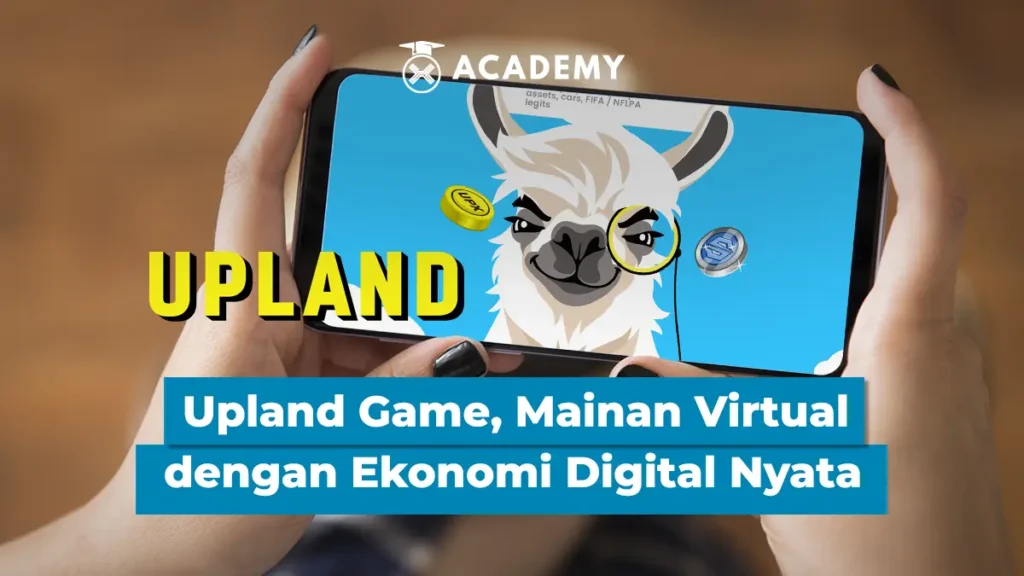

 Polkadot 8.92%
Polkadot 8.92%
 BNB 0.50%
BNB 0.50%
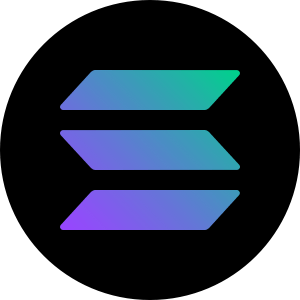 Solana 4.81%
Solana 4.81%
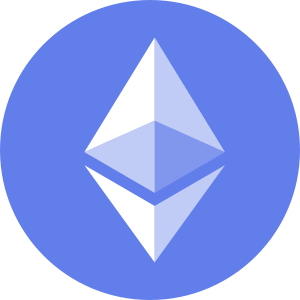 Ethereum 2.37%
Ethereum 2.37%
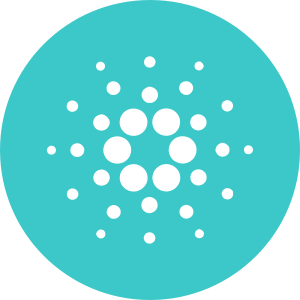 Cardano 1.35%
Cardano 1.35%
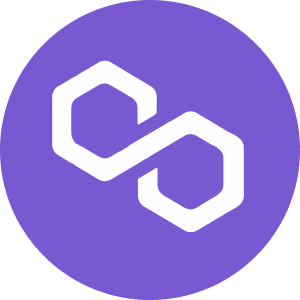 Polygon Ecosystem Token 2.13%
Polygon Ecosystem Token 2.13%
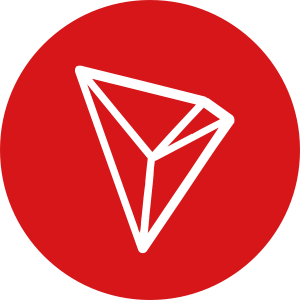 Tron 2.85%
Tron 2.85%
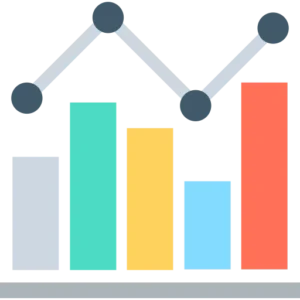 Market
Market
